Burana Tower
Burana Tower
Burana tower is located in Tokmok about one hour drive east from Bishkek. The tower is part of an old mosque, and it served as one of the minarets of it. The mosque was once part of Balasagun, the capital of the Karakhanid Khanate that ruled the area about 1000 years ago. The city was destroyed by Mongol hordes and the Burana tower sustained heavy damage in soviet times but was reconstructed during the 1970s. Before its reconstruction, the tower was at the state of immediate collapse due to people having used many of the lower bricks for their own needs.
Next to the tower, you can see a big heap of soil but if you look at it from above you can see that it is really the remains of a large castle or citadel that once resided next to the tower. There is a small museum worth visiting nearby the tower where the staff can tell more about the history of the place. The museum also has a small exhibition of the artifacts found in the Burana tower area. Inside you can see a lot of old wine containers, some jewelry and for example tweezers that were used to shape the eyebrows of women already hundreds of years ago. From the top of the citadel you can see clearly the remains of the inner walls that once protected the medieval city. Burana tower is included in most of our Kyrgyzstan Tours and also in some Central Asia Tours.
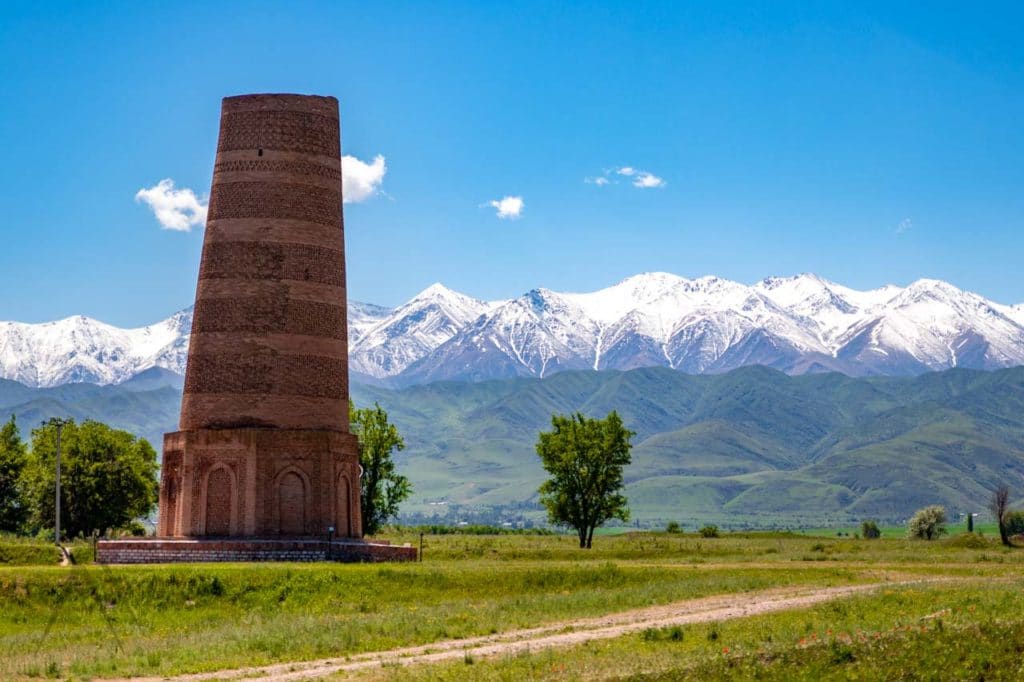
History of Burana tower and Balasagun
Burana tower used to be a part of a mosque and therefore served earlier as a minaret. It was originally built in 11th century and the height of the minaret was 46 or 47 meters so only half of the original height now remains. Balasagun was built by the Sogdians and was the capital of the Karakhanid empire between 10th and 12th centuries.
The vast feudal empire of Kharakanids reached from Ili river (Kazakhstan) in the east to Amu Darya in the west. The site where Balasagun was founded, had even an earlier settlement before it but not much is known of it. Balasagun was almost fully destroyed in 1218 by the Mongols but again in the 13th century it was called by a name meaning the beautiful city. Balasagun finally lost its importance in the 15th century together with many other silk road cities in the region.
Burana tower is one of the first large towers that were built in Central Asia an theories suggests that it was used as a model to build other similar towers like the ones in Uzgen and Sayram in Kazakhstan and later in Bukhara and other nowadays Uzbek cities. The distinctive feature of the minaret is the geometric brick made decorative patterns rather than the more common paintings of tilework. As can be seen at the Burana site, there were also other towers nearby the current one.
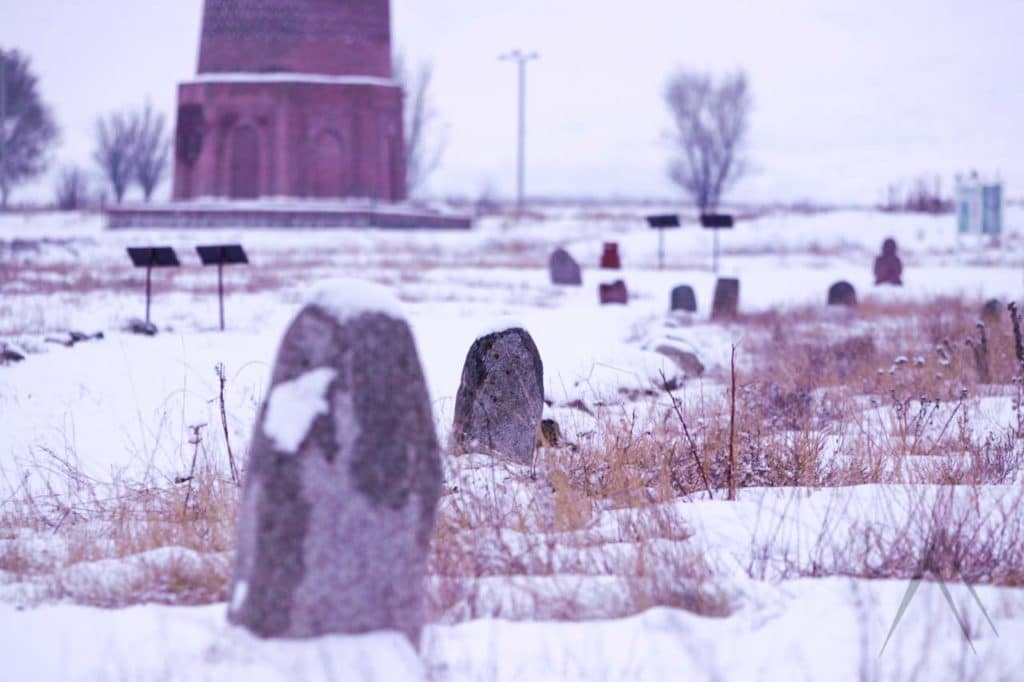

What to see in Burana
There is also a large collection of balbals (ancient grave stones) nearby the tower together with petroglyphs from ancient times. The balbals are from later times than the tower itself and have been collected there from all around Kyrgyzstan.
The museum is well worth a visit as there are many nice artifacts from the archaelogical excavations, though the most valuable ones have been taken to St. Petersburg during the Soviet times. There is also more information on the other buildings that once resided inside the city walls.
The stairs inside Burana tower are a bit scary, steep and can be also slippery especially in the winter time due to snow from tourists’ shoes. We don’t recommend climbing if you are claustrophobic, have health problems or are afraid of heights. Of course you should make the decision by yourself but just giving a heads up. From up you can enjoy a nice view especially towards south to the mountains with a clear weather.
Many tourists combine the day trip to Burana with a visit to the Issyk Ata sanatorium. In the sanatorium, you can have a swim in the warm waters of hot springs outside. This is a recommended experience, especially in the winter time.

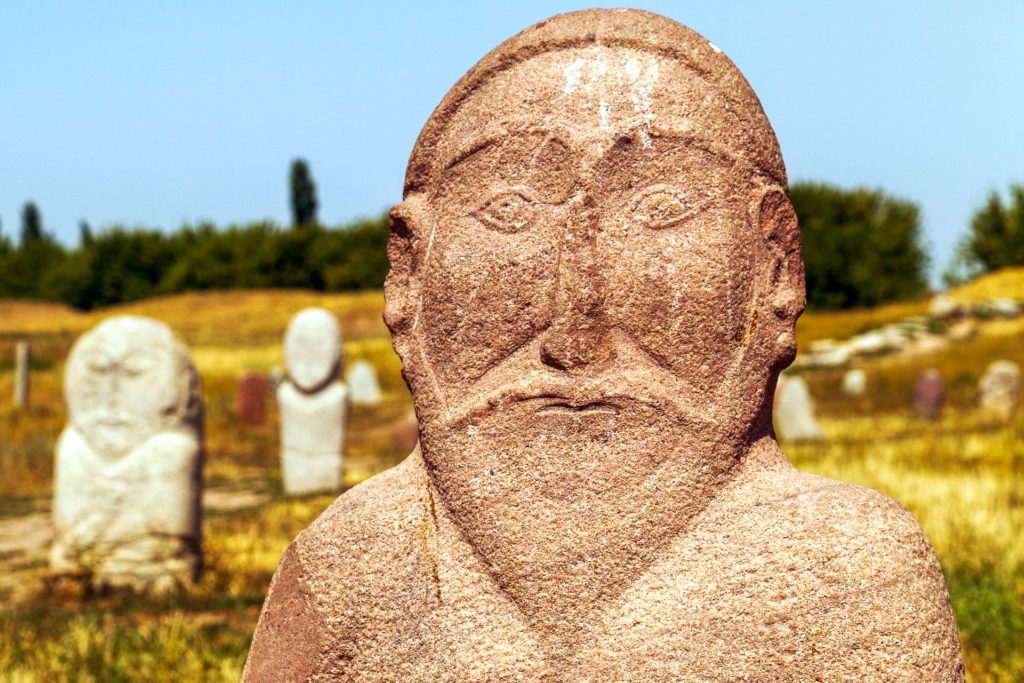

The legend of Burana tower
Burana refers to a minaret located next to the mosque used to call the believers for the prayers but there is a legend suggesting that the tower was not really built for this role but instead reminds western travelers of the sleeping beauty fairytale. The legend tells about a beautiful princess, who was the daughter of a local Khan (ruler). When his long-awaited daughter was born, a lavish celebration was held and everyone invited. The Khan gathered all the prestigeous and wise men in the land. Most of them foretold she’d have a long and happy life but one predicted the girl would die as she turned sixteen. In order to avoid this fate, the Khan constructed the tower for her daughter to live there in safety.
On her 16th birthday, the Khan could finally forget the bad prediction as the 16th birthday came and the princess was still alive. Khan rushed to the tower with a gift of fresh fruits to celebrate the occasion with his daughter. But in his hurry, he failed to notice a poisonous spider which had hidden itself in the basket. As his daughter reached for the fruit, she was fatally bitten.
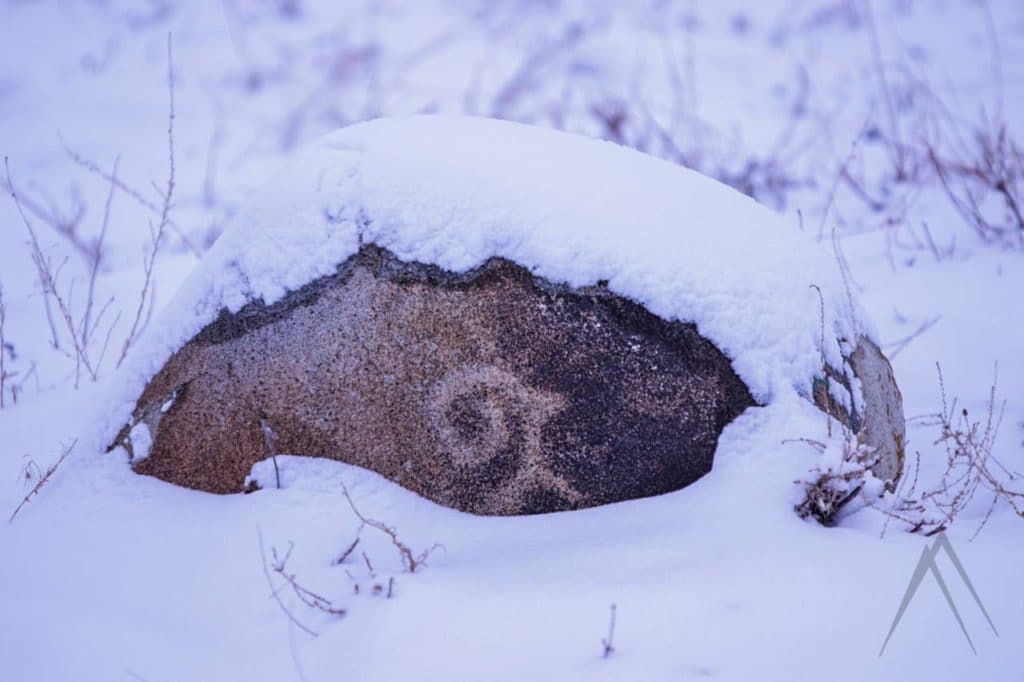
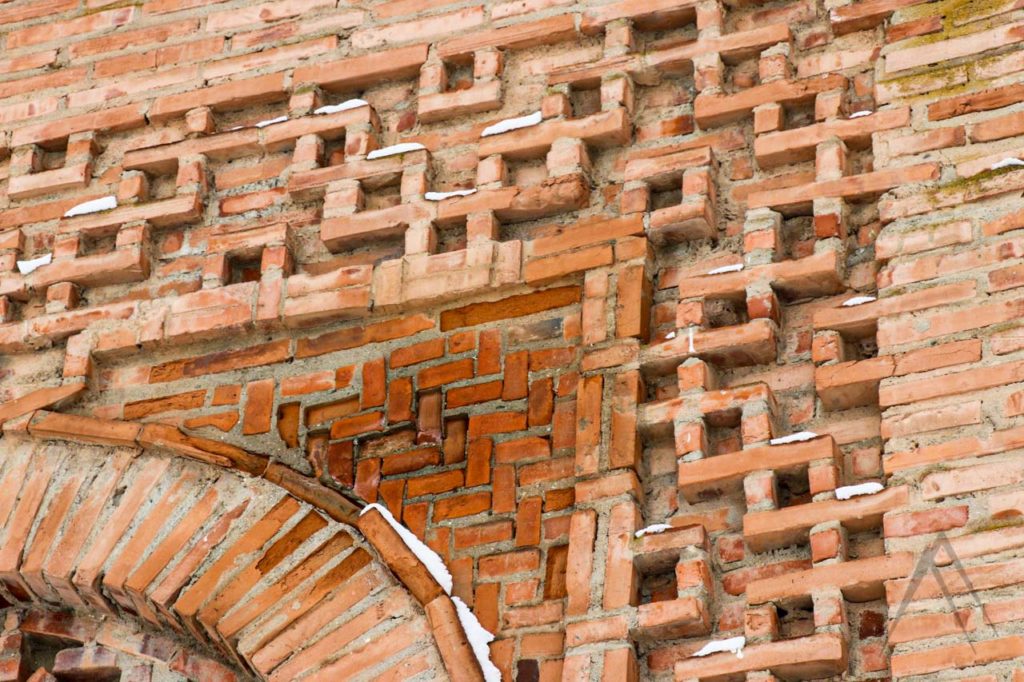
Travel to Burana Tower
You can visit Burana tower by first traveling to Tokmok with marshrutka 353 from the east public transportation station of Bishkek. The cost for the trip is around 50 som and takes about an hour or an hour and a half.
By taxi, the way is more convenient and if you take the route through Kant (sugar in Kyrgyz) you can see some Soviet style industrial areas on the way including a big cement plant and a sugar factory.
The actual tower area is about 10 kilometers south-southwest of Tokmok and can only be reached by taxi, walking, or by bike. The entrance fee to Burana is 150 som and should be paid at the gate when entering the tower area. Burana tower can be visited well also during the winter and the views are great, assuming that the weather is clear enough to see the mountains towering south from the tower. Burana tower is also included in many tours as it is conveniently located between Bishkek and Issyk Kul.

Tours including Burana Tower
Other ancient or medieval sights near Burana
Not far from Burana tower, there are the ruins of Suyab (or Ordukent), west from the village of Ak Beshim which is basically a southwestern suburb of Tokmok. This site is still very off the beaten path and there are almost no tourists in the area. The settlement is of Sogdian origin and was a stopping point for the Silk road but is not mostly a hill of clay but the remains of the city walls and other buildings are still clearly visible.
Closer to Bishkek, northeast from the village of Krasnaya Rechka (Red brook) there are the ruins of Navekat or nevkat which is another large Sogdian city. It was a major Silk trading center between 6th and 12th centuries and mentioned as one of the super cities of its time in Central Asia. The site is even visible from the Bishkek – Issyk Kul main road to the south with its big clay citadel walls still clearly visible and some higher tower like constructions and fortifications. Navekat is marked only with a couple of stone slabs and the site is partly occupied by farmers and can therefore be visited freely.